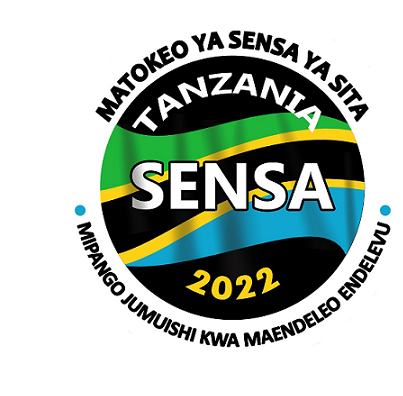At the end of 2019/20 Agricultural year, the Government of Tanzania carried out the Agriculture Sample Census as an important part of the Poverty Monitoring Master Plan, in generating relevant and reliable agricultural statistics, for advocacy of effective public policy formulation, geared to promote agriculture sector in the country, of which the majority of the rural population depends on for survival and it is their main source of livelihood. In addition, the Census provides data to policy makers and other stakeholders, as well as benchmark data for monitoring and evaluating the effect of rural development initiatives.
The Census covered both smallholder farmers and large scale farms. From a total of 12,007,839 households in Tanzania (11,659,589 in Mainland Tanzania and 348,250 in Tanzania Zanzibar), 7,837,405 households (65.3 percent) were involved in agricultural activities. Of the total Agriculture households, 5,088,135 (64.9 percent) were involved in crops only, 2,589,156 (33.0 percent) households engaged in crops and livestock, 154,291 (2.0 percent) were involved in livestock only, whilst the least number of households were involved in fish farming (1,358) and pastoralism (1,465), jointly having less than one percent. There were 1,093 large scale farms, from which 554 were dealing with crop production only, 277 were dealing with livestock only, crops and livestock were 202 and 60 farms were dealing with fish farming.
The total land area available to smallholder farmers either through formal titles or customary rights was 20,774,264 ha, (2.7 ha per household), though households used only an average of 2.3 ha for Agriculture activities during 2019//20 agricultural year.




